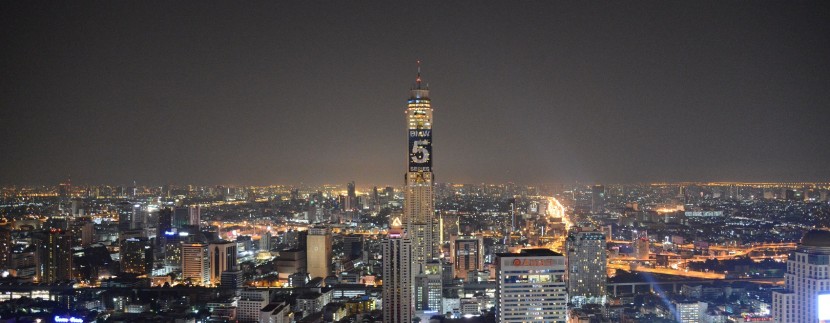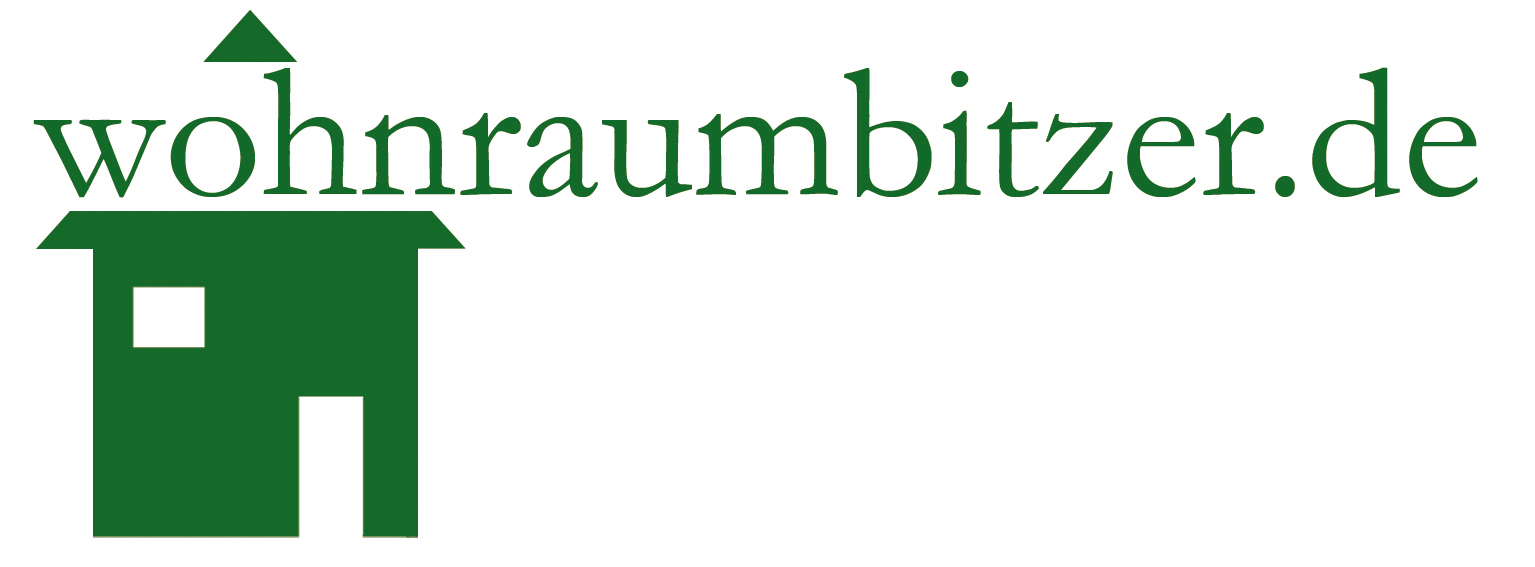Welcome to urban planning

Welcome to urban planning
If we want to make life better for people, we need to make cities better for people.
Ever wondered who decides where the bus stops or the parking slots goes?
Or if your city is planned in such a way that people are forced to sit in their cars all day, or such that they are encouraged to walk from one place to another and spend more time in public spaces?
We’re often unaware of how much spatial planning (or none) was put in to place as we move around our cities and surroundings without much attention or effort, almost unconsciously.
Welcome to urban planning.
Urban planners are a unique group of people that plan and execute changes to the greatest human creation- our cities. Their planning shapes where we live, work, play and our day-to-day experiences and interactions with the path and space around us.
But rather than simply being a creative and inspirational job, urban planners are faced with a lot of challenges, especially in the present time. Whether its population growth, the number of people migrating to cities to seek greater job opportunities, income and a better quality of life, congestion or sustainability.
These challenges often raises up a lot of difficult questions on the subject of urban and landscape planning. How can a city be organised to both facilitate and impede the development of new city areas and buildings that we put into them, what consequences or conditions will follow the location of things, how to design, plan and distribute those places to make cities more friendly and welcoming, rather than alienating their residents?
The core of urban planning is not about décor or even mobility; it’s the liveability. It’s about rewarding citizens with happier and healthier lives, local businesses with increased economic activities, and developers with more demand for quality developments and buildings.
It’s giving each area and the people navigating through it a sense of place, charm and identity. Believe it or not, it also comes right down to influencing fundamental human behaviours and interactions.
Cities need to be designed for people. Organising a city around its people, ensuring neighbourhoods with a mix of shops, schools, clinics, offices and parks might sound easy to do, but it is much more complex in nature and harder to plan and develop, but when done right ends up creating a balance and interesting neighbourhood, thus rewarding those who live in and get to experience them.
A clear example is of a study that shows how accessible residential areas, i.e. close to public transits, parks and stores are considered premium and commands double digit prices, and this can even double if it was for a commercial space.
As urban areas develop, each city forms its own unique structural system. These structures consists of the way we define space, whether it’s the ‘metropolitan’ area or the ‘family-friendly’ neighbourhood, or how the transportation networks and streetscapes are best organised to promote a healthy and accessible environment. Each path serves a purpose, and that is how they add value to the surrounding land.
To make matters a bit more clear and summarise the importance and fascination that is urban planning, let us put it this way – If you build it, they will come.
Build highways and wide streets, and cars will fill in. But build an efficient subway or bus rapid transit, and transit riders will show up. Install bike paths, and people will ride more bikes. Make streets safe and shaded, and walkers arrive..
So back to the point, if we want to make quality of life better for people, then we need to make cities better for people, with the main aspects focusing on mobility, sustainability, and identity.
It will be definitely interesting to see how urban planners and each city cope with the upcoming challenges and also of course, how they integrate the technology and innovation of the digital world into them. We will definitely be seeing more of designs enhanced by technology, but hopefully still keeping people at the center, in order for them to be able to enjoy their cities to the fullest potential.
We hope you’ve found the article interesting, and look forward to your feedback! And if you ever have any questions regarding the Zollernalbkreis in Baden-Württemberg, one of the most scenic and picturesque landscapes in Germany, do not hesitate to contact us. : )
Best Greetings from the team as always,
wohnraumbitzer.de
References:
https://www.archdaily.com/801431/jan-gehl-5-rules-for-designing-great-cities
Picture:
View over a not planned City, Bangkok Thailand
Welcome to urban planning
Der Autor hat den Text genauestens geprüft, kann aber nicht für Falschaussagen haftend gemacht werden. Dieser Text dient dem Leser nur zur Anregung, sich im jeweiligen Fachgebiet vertiefend zu informieren und seine eigene Meinung zu bilden. Wir bitten um Verständnis, dass keinerlei Gewähr für die Richtigkeit der hier getroffenen Aussagen geleistet werden kann.
Schulungen im Hause wohnraumbitzer.de, Immobilienmakler Wissen, Erfahrungen und Schulungen rund um das Thema Immobilien. Villen, Planstädte, Hausbau, Wohnungsbau.
—-
1. Contents of the website
All content provided on this blog is for informational purposes only. The owner of this blog makes no representations as to the accuracy or completeness of any information on this site or found by following any link on this site. The owner will not be liable for any errors or omissions in this information nor for the availability of this information. The owner will not be liable for any losses, injuries, or damages from the display or use of this information.
The contents of this website were written with due diligence and by the author’s best knowledge. We can be held liable only by general laws, especially for our own contents acc. § 7 TMG (German law on tele-media) and for external contents acc. §§ 8 – 10 TMG. As a Provider of tele-media we can be held liable for external contents only once we have knowledge of a concrete infringement of law. We reserve the right to change or delete contents of this webpage which are not subject to any contractual obligation.
2. Links on external Websites
Contents of external websites on which we are linking direct or indirect (through „hyperlinks“ or „deeplinks“) are beyond our responsibility and are not adopted as our own content. When the links were published, we didn’t have knowledge of any illegal activities or contents on these websites. Since we do not have any control on the contents of these websites, we distance ourselves from all contents of all linked websites, which were updated after the setting of the links. For all contents and especially damages, resulting of the use of the linked websites, only the provider of these linked websites can be held liable. If we receive knowledge of illegal contents on these linked websites, we will delete the according links.
3. Intellectual property rights
All content of this website, especially texts, pictures, images, graphical presentations, music, trademarks, brands and so forth, are subject to copyright laws. The use, reproduction and so on are subject to the individual rights of the respective owner of the copyright or administrator of these rights. If you want to use such content, please let us know and we will establish contact with the respective owner/administrator.
